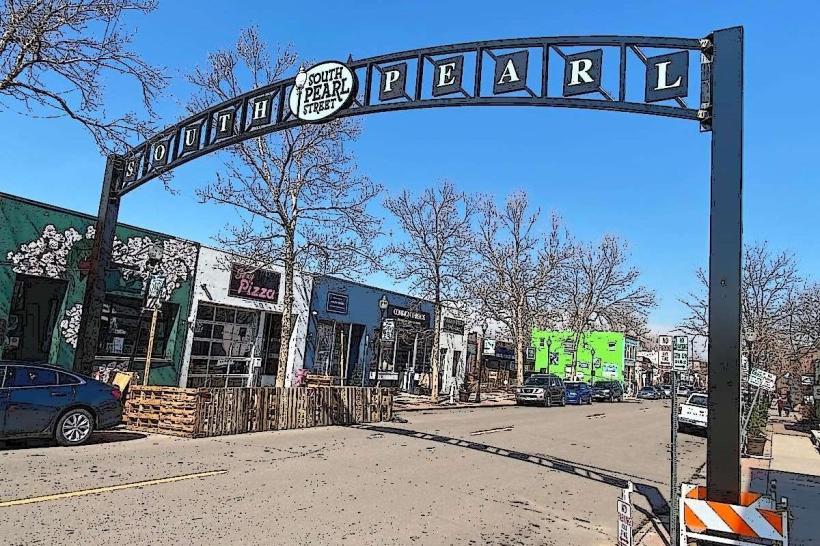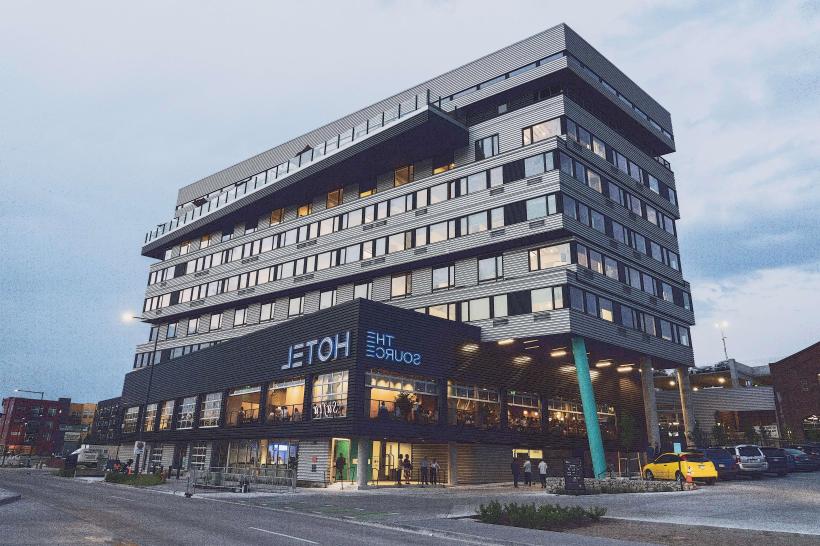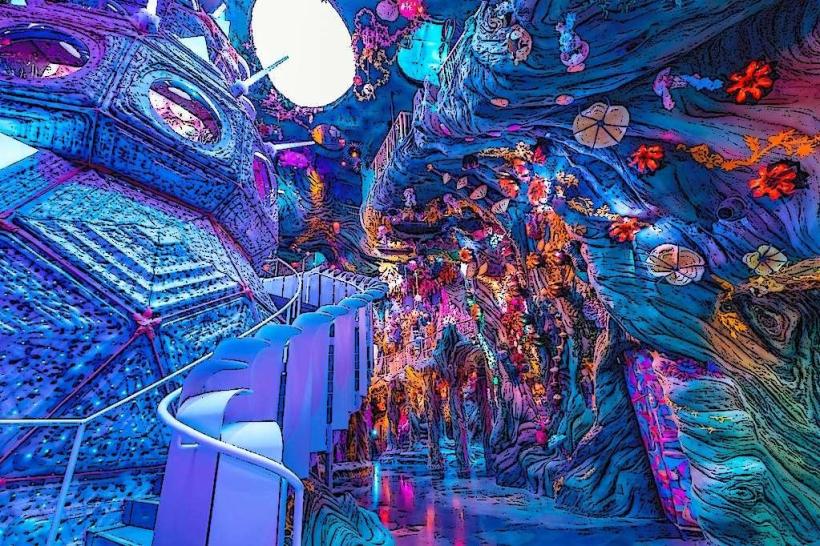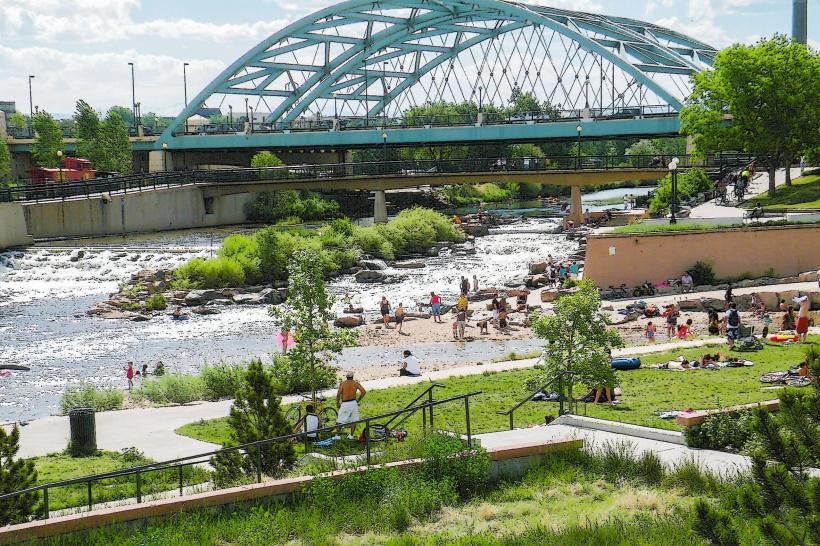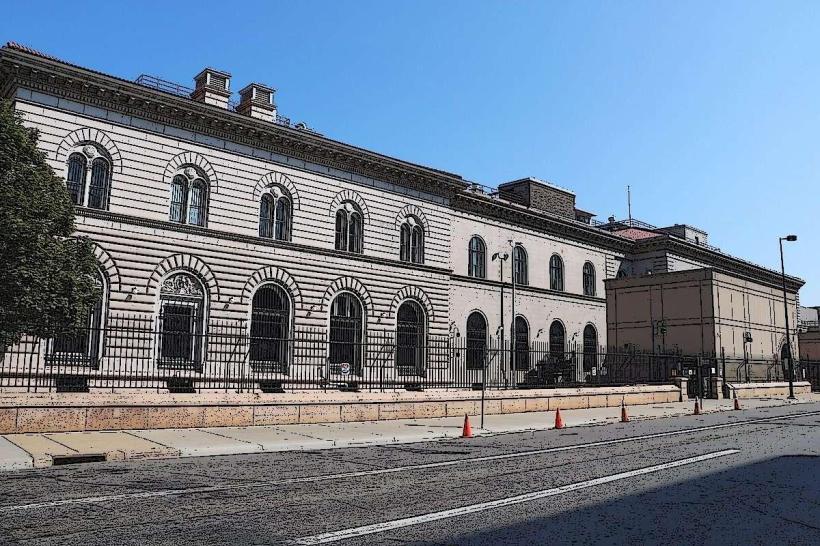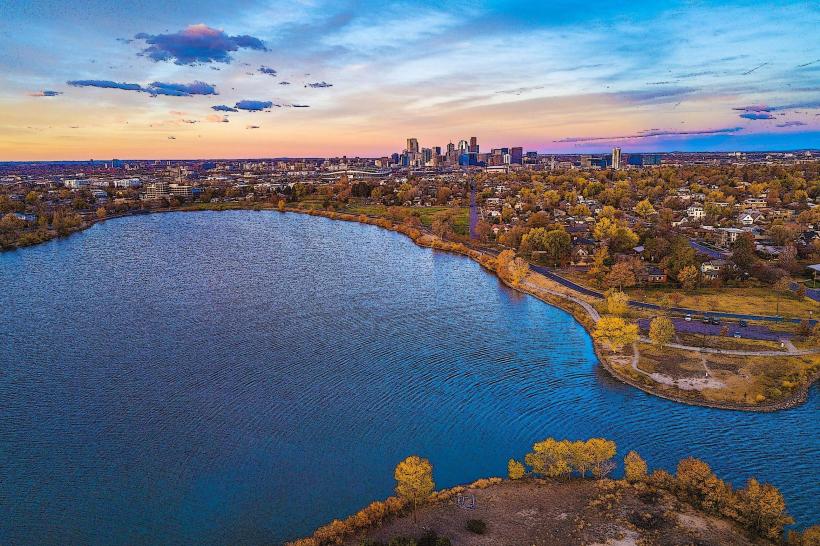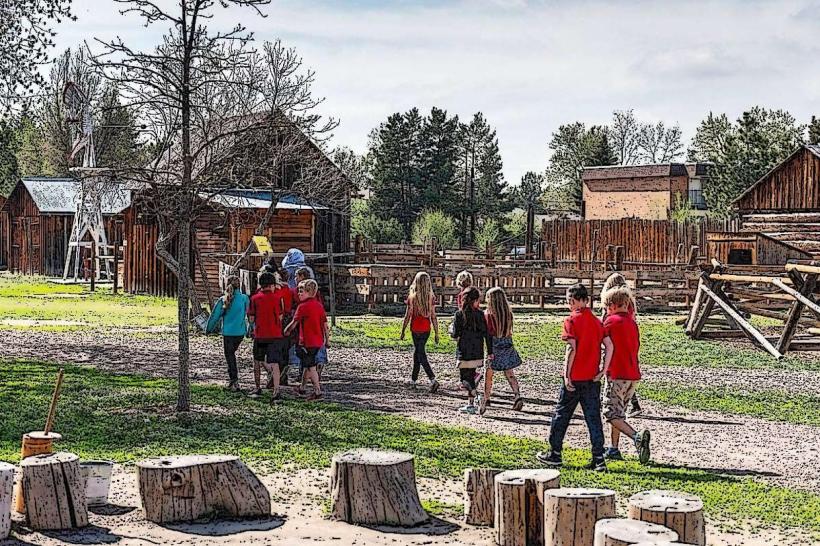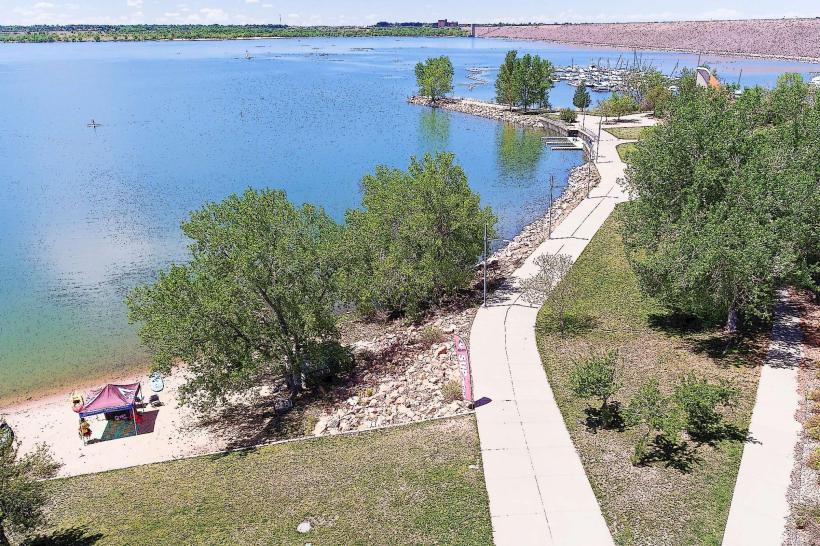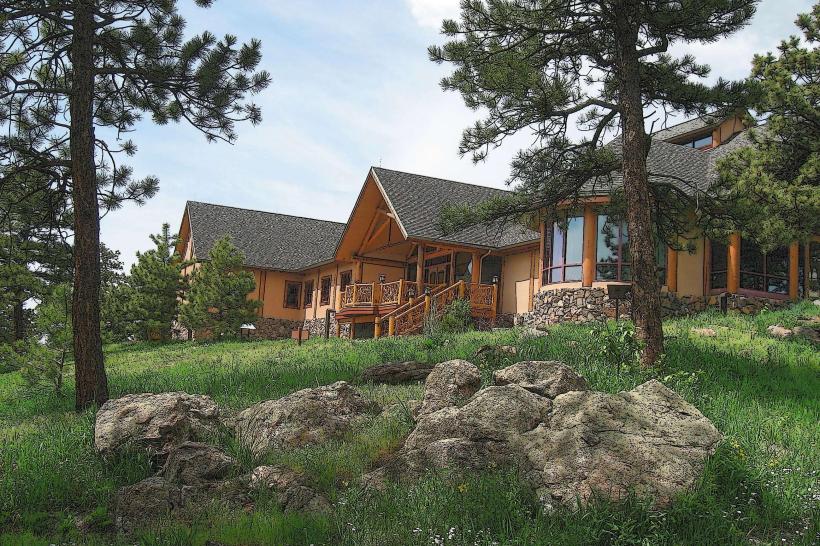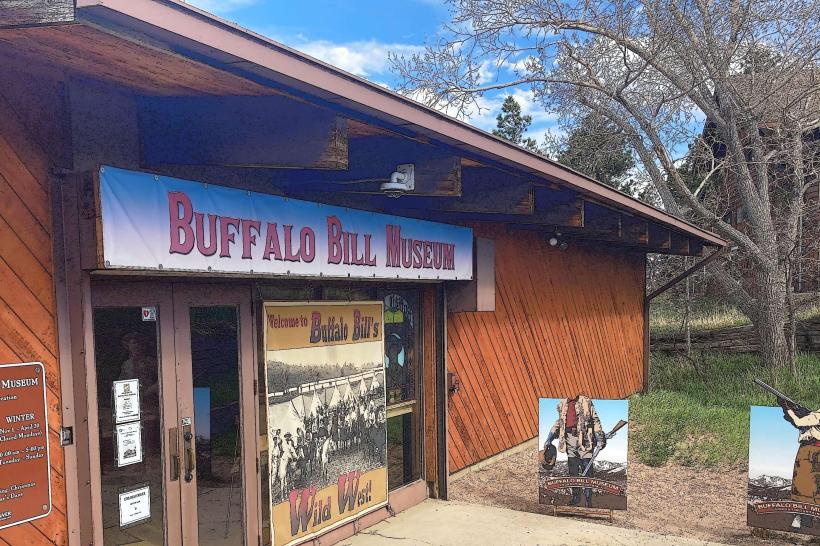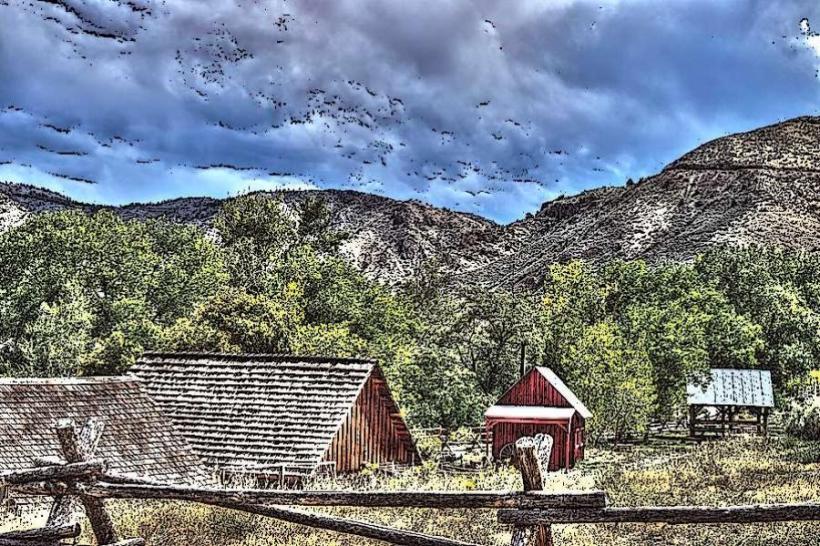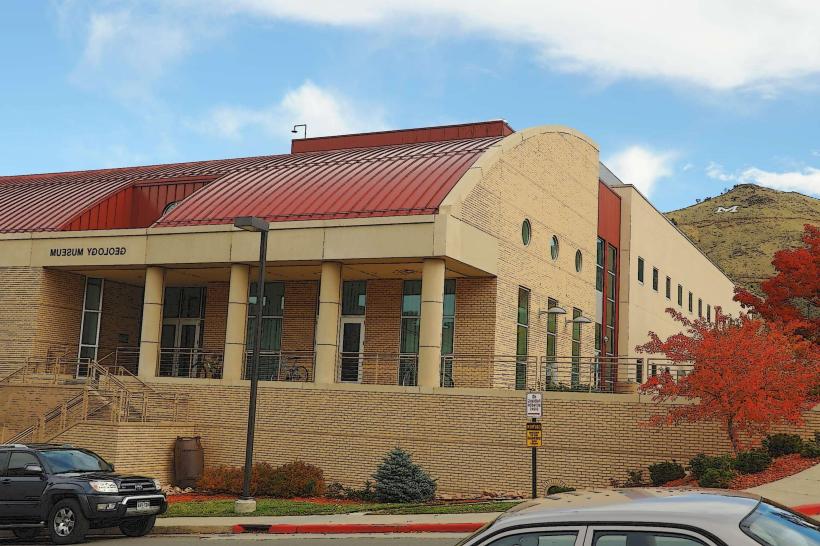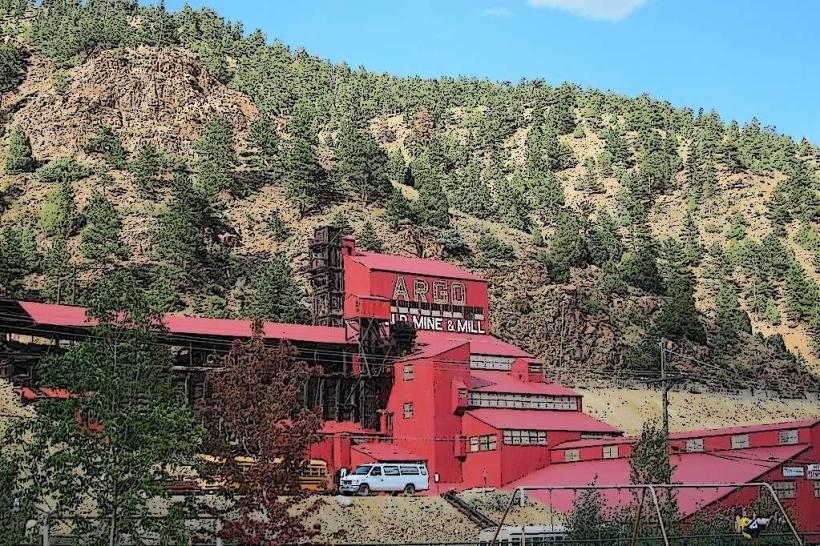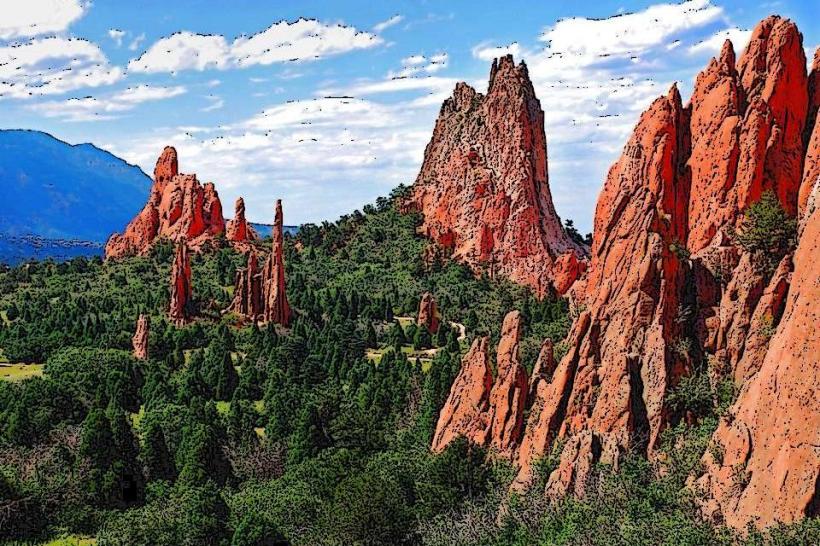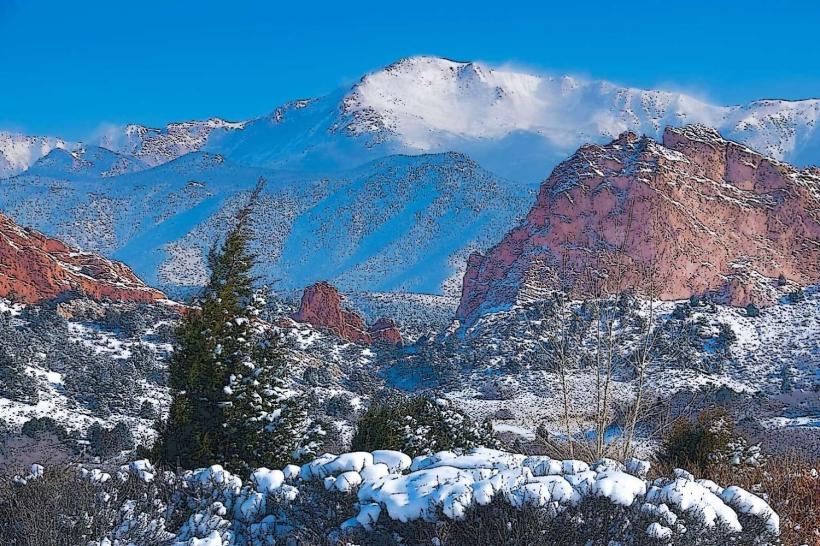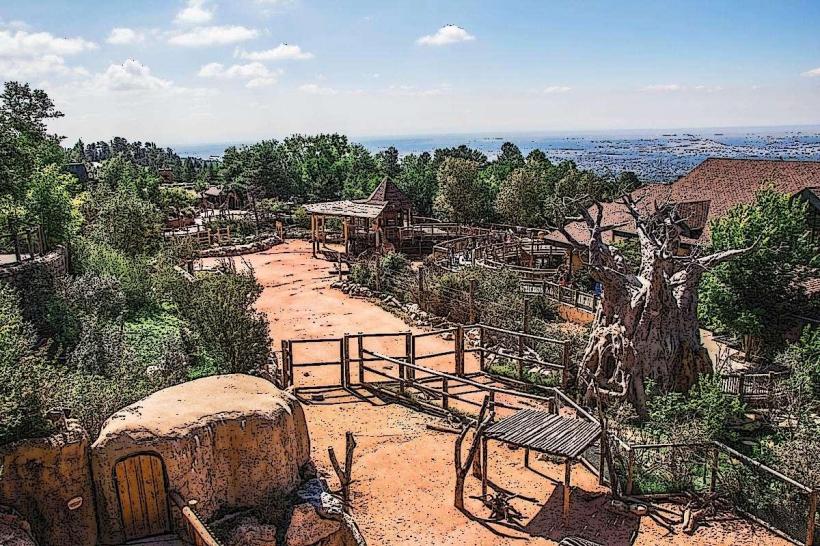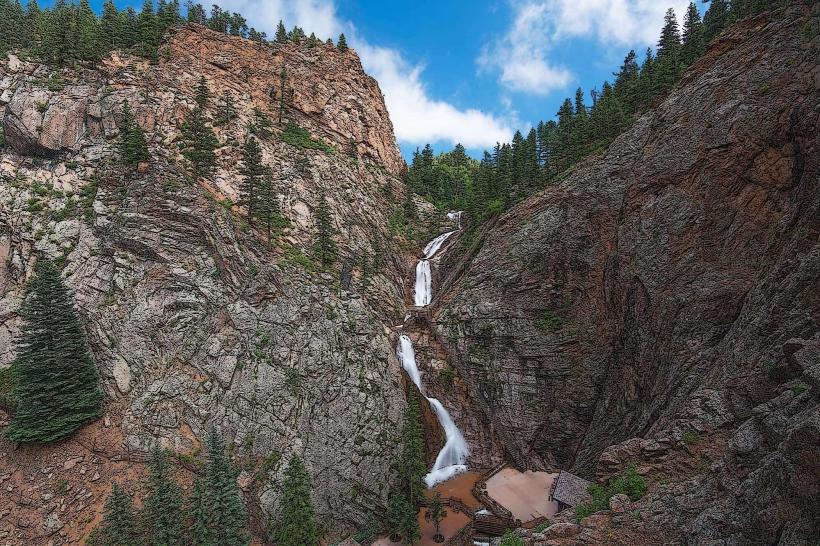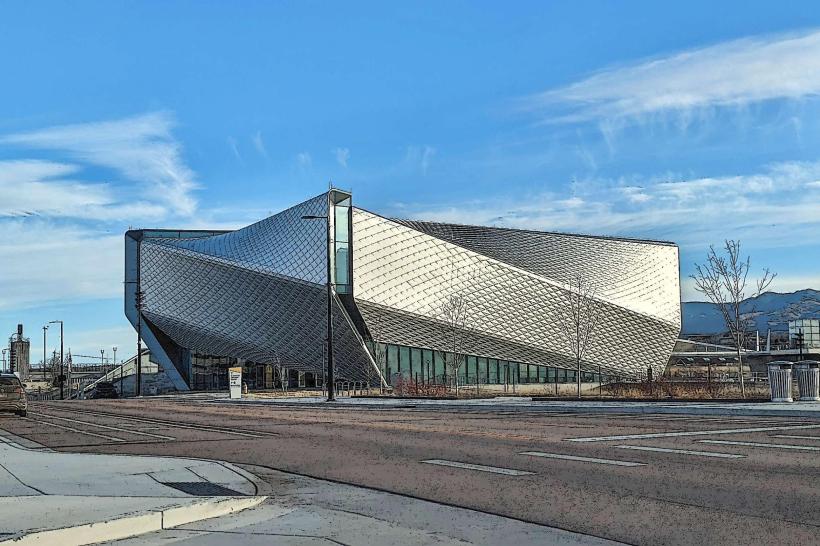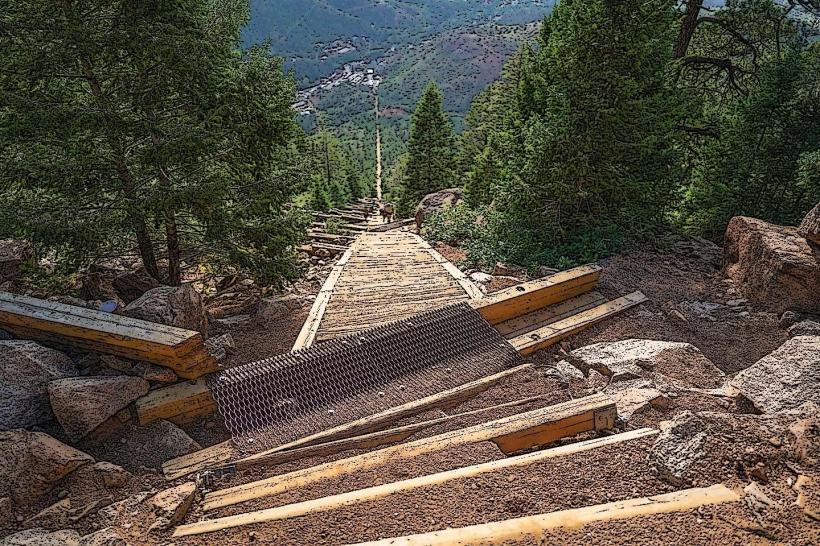Information
Country: USA ColoradoContinent: North America
USA Colorado, North America
Colorado, located in the western United States, is defined by its diverse geography, varied climate zones, and a strong cultural identity shaped by its history, environment, and economy. While often associated with its iconic landmarks, the state’s deeper character lies in its regions, ecosystems, population patterns, and lifestyle dynamics. Here's a detailed overview without focusing on specific landmarks:
Geographical Features
Colorado is a landlocked state roughly rectangular in shape. It is uniquely positioned where the Great Plains meet the Rocky Mountains, resulting in a sharply varied topography.
Eastern Plains: The eastern third of Colorado consists of high prairie with expansive farmland, dry grasslands, and small towns spread far apart. It’s part of the Great Plains region and supports agriculture, especially corn, wheat, and cattle ranching.
Central Rockies: The middle portion is dominated by rugged mountain terrain, home to dozens of peaks over 14,000 feet (known as “Fourteeners”). This area contains high valleys, deep canyons, and alpine forests. It’s the region most affected by snowpack and spring runoff, which feed the state’s rivers.
Western Slope: To the west of the Continental Divide, the terrain becomes more arid with a mixture of high desert plateaus, mesas, and scattered mountain ranges. This region includes fertile river valleys that support vineyards, orchards, and ranches.
Southern Colorado: This area includes a mix of mountainous terrain and high desert. It’s geologically complex, featuring volcanic features, old lava flows, and basins carved over millions of years.
Climate and Ecology
Colorado's climate varies drastically due to elevation differences and regional geography.
Climate Types:
Semi-arid on the plains with low humidity and wide temperature ranges.
Alpine conditions in the mountains with cold winters, short growing seasons, and heavy snowfall.
Desert-like in western valleys and plateaus with hot, dry summers and mild winters.
Ecological Zones:
Prairies and Grasslands in the east support bison, prairie dogs, and various grass species.
Montane and Subalpine Forests in central and higher elevations include ponderosa pine, Douglas fir, and aspen.
Alpine Tundra above the tree line features mosses, lichens, and wildflowers adapted to harsh wind and cold.
Desert Shrublands in the west feature sagebrush, juniper, and pinon pine ecosystems.
Demographics and Settlement Patterns
Colorado’s population is unevenly distributed due to geography and infrastructure.
Urban Centers: The majority of the population lives along the Front Range urban corridor, which includes multiple cities in the eastern foothills of the Rockies. These areas are growing rapidly due to economic opportunities and a high quality of life.
Rural Areas: Much of the state is sparsely populated, with towns often separated by long distances. Many of these communities depend on agriculture, mining, or tourism.
Cultural Diversity: Colorado is home to a mix of communities with Hispanic, Native American, European, and Asian roots. Immigration and domestic migration have increased diversity, particularly in urban areas.
Economy
The state’s economy is multifaceted, driven by both traditional and modern industries.
Agriculture: Cattle, wheat, hay, and corn dominate. Irrigation is vital in arid zones.
Mining: Historically important, especially for gold and silver; today more focused on molybdenum, coal, and natural gas.
Technology and Aerospace: A fast-growing sector, especially around metro areas, with companies involved in software, defense, satellite systems, and AI.
Tourism and Recreation: While tied to landmarks, the broader economy also depends on outdoor recreation industries such as skiing, rafting, hunting, and hiking.
Cannabis Industry: One of the early adopters of legalization, contributing significantly to state revenue and job creation.
Cultural and Social Dynamics
Colorado’s culture reflects a strong connection to nature, wellness, and innovation.
Lifestyle: An active, outdoor-oriented lifestyle is widespread, often centered around sports, environmental stewardship, and healthy living.
Political Culture: The state blends liberal and conservative traditions. Urban areas tend to lean progressive, while rural areas are more conservative. Issues like land use, water rights, and energy development are often at the forefront of political debate.
Education and Innovation: Home to several major universities and research institutions, Colorado has a well-educated population and a strong emphasis on science, education, and clean energy.
Quality of Life: Low humidity, scenic beauty, and access to outdoor recreation make it a desirable place to live, though rising housing costs have become a concern, particularly in metro areas.
Environmental Concerns
Water Scarcity: As a headwater state, Colorado supplies rivers that serve millions across the West. Drought and overuse create pressure on resources.
Wildfires: Intensifying in frequency and size, especially in mountain forests with dense, dry underbrush.
Climate Change: Influences snowpack levels, ecosystems, and fire risks. A warming trend has already impacted alpine environments and ski seasons.
Land Use Conflicts: Ongoing tensions exist between development, conservation, and extractive industries.
Infrastructure and Transportation
Interstate System: I-25 (north-south) and I-70 (east-west) are the backbone of state travel, with challenging mountain driving conditions in winter.
Airports: The state’s central location makes it a major hub for national air travel.
Public Transit: While metro areas have light rail and bus systems, rural areas depend heavily on personal vehicles due to the absence of major transit links.
Colorado is a state of contrasts-between mountains and plains, urban and rural, old industries and new economies. Its identity is shaped by geography as much as by its people, marked by resilience, adaptability, and a deep-rooted connection to land and environment.














